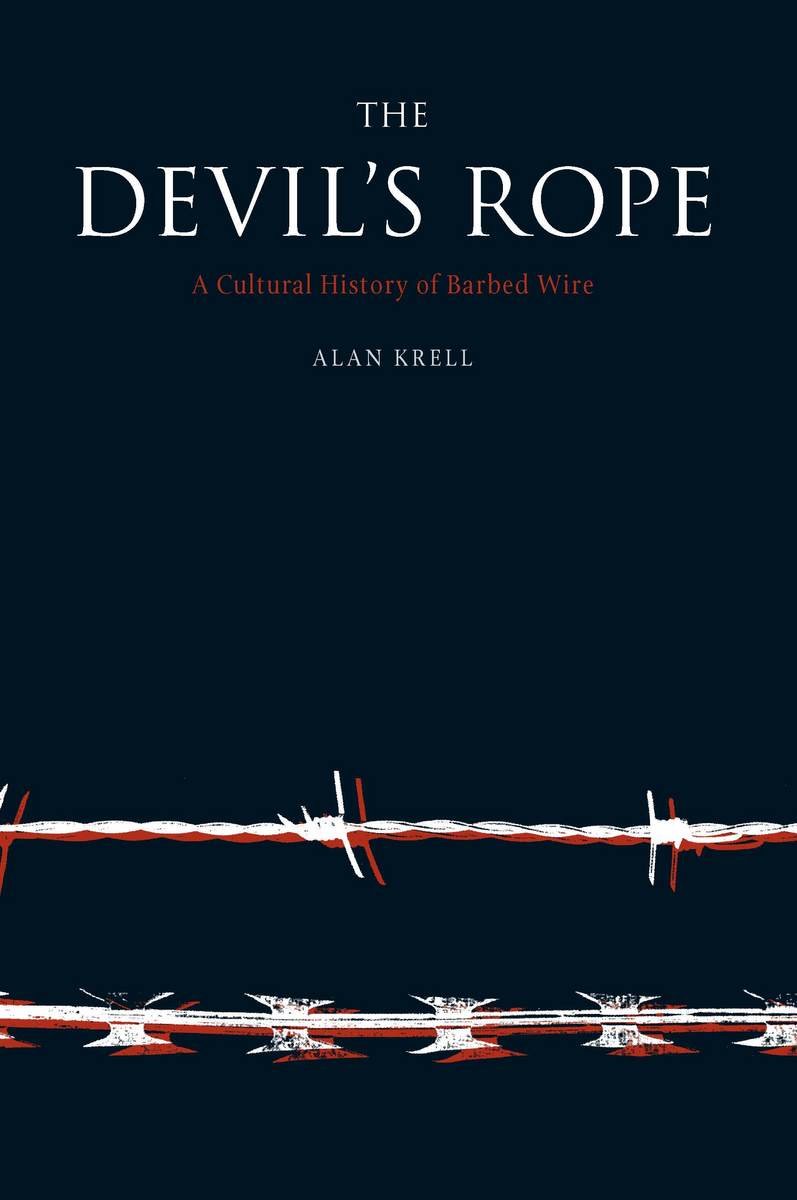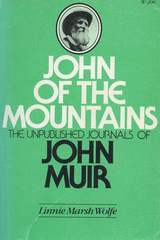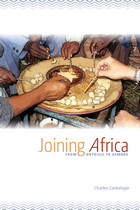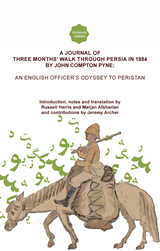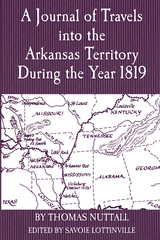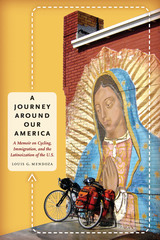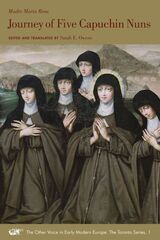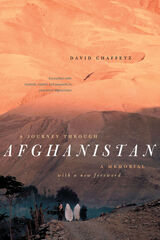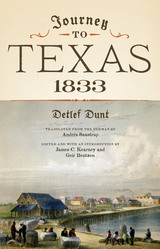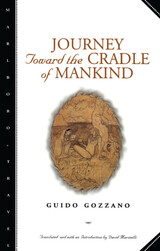Devil's Rope: A Cultural History of Barbed Wire
Reaktion Books, 2002
eISBN: 978-1-86189-567-7 | Paper: 978-1-86189-144-0
See other books on: Arts, Modern | Cultural History | Krell, Alan | Multicultural Education | Technology and civilization
See other titles from Reaktion Books
eISBN: 978-1-86189-567-7 | Paper: 978-1-86189-144-0
ABOUT THIS BOOK | AUTHOR BIOGRAPHY | REVIEWS | TOC | REQUEST ACCESSIBLE FILE
ABOUT THIS BOOK
Barbed wire cuts across more than just property, war and politics. This most vicious tool of control has played a critical role in the modern experience, be it territorial expansion or the settlement of local and international conflicts. However, it has other histories: those constructed through image and text in the arts, media and popular culture. These representations – in painting, photography, poetry, personal memoirs, cartoons, novels, advertisements and film – have never before been critically examined. In this book, Alan Krell investigates the place barbed wire holds in the social imagination.
Invented in France in 1860, barbed wire was developed independently in the USA, where it was used to control livestock on the Great Plains, both to "keep out" and "keep in". Promoted as the Ideal Fence, barbed wire’s menacing qualities were soon made manifest. The epithet, "The Devil’s Rope", anticipated its transformation into a tool of war in the late 19th and early 20th century. Henceforth, it would become synonymous with repression. Barbed wire’s conflicting character makes it an appropriate symbol of modernity, and Krell shows how the use of this symbolism in contemporary art has given barbed wire meanings beyond the historical and political realms.
Invented in France in 1860, barbed wire was developed independently in the USA, where it was used to control livestock on the Great Plains, both to "keep out" and "keep in". Promoted as the Ideal Fence, barbed wire’s menacing qualities were soon made manifest. The epithet, "The Devil’s Rope", anticipated its transformation into a tool of war in the late 19th and early 20th century. Henceforth, it would become synonymous with repression. Barbed wire’s conflicting character makes it an appropriate symbol of modernity, and Krell shows how the use of this symbolism in contemporary art has given barbed wire meanings beyond the historical and political realms.
See other books on: Arts, Modern | Cultural History | Krell, Alan | Multicultural Education | Technology and civilization
See other titles from Reaktion Books
